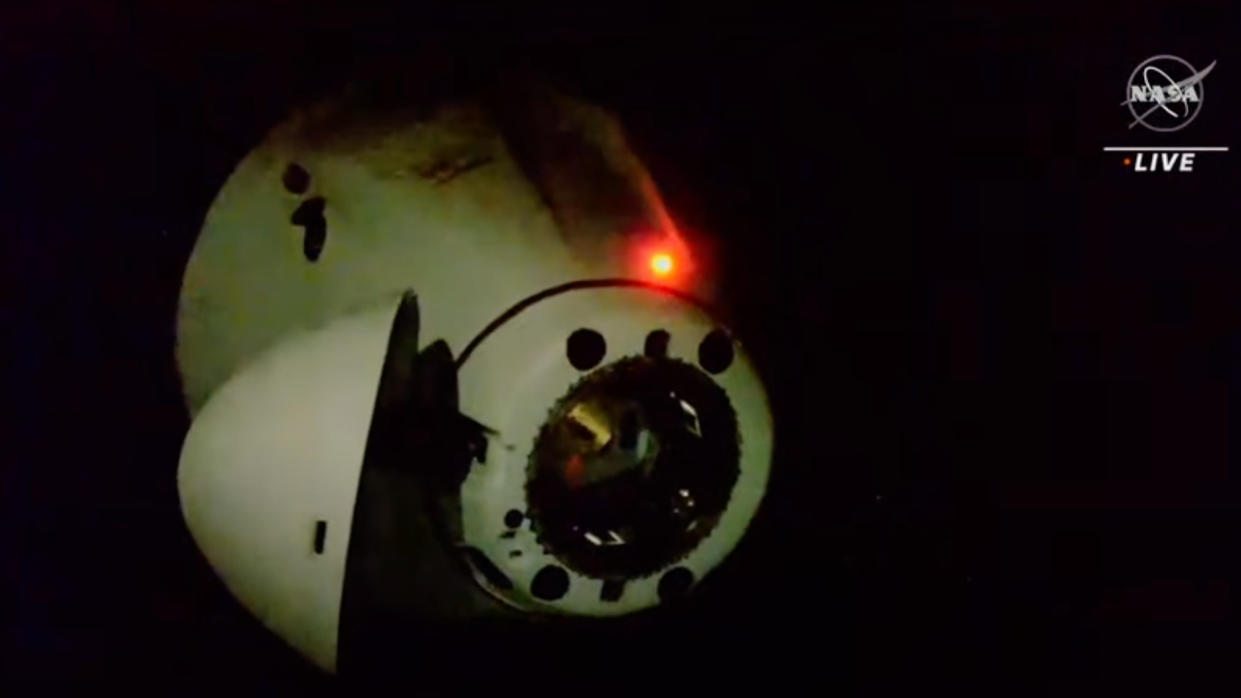SpaceX Dragon CRS-28 cargo ship returns to Earth with ocean splashdown

A robotic SpaceX Dragon capsule splashed down off the Florida coast today (June 30), bringing an end to its International Space Station cargo mission.
The Dragon undocked from the ISS Thursday (June 29) at 12:30 p.m. EDT (1630 GMT), while the two spacecraft were flying over the northeastern Indian Ocean west of Indonesia.
The SpaceX capsule then headed back to its home planet. It made a parachute-aided splashdown off the Florida coast today around 10:30 a.m. EDT (1430 GMT) as planned, SpaceX confirmed via Twitter.
Related: 8 ways that SpaceX has transformed spaceflight

The Dragon launched atop a Falcon 9 rocket on June 5. It arrived at the International Space Station a day later, delivering 7,000 pounds (3,175 kilograms) of supplies and scientific experiments to the astronauts aboard the orbiting lab.
The freighter's just-ended mission is called CRS-28, because it was the 28th that SpaceX has flown under a series of Commercial Resupply Services contracts with NASA. The company also holds contracts to fly agency astronauts to and from the ISS, which it does with the crewed version of Dragon.
RELATED STORIES:
— SpaceX: Facts about Elon Musk's private spaceflight company
— The 20 most memorable SpaceX missions from its 1st 20 years in photos
— SpaceX Dragon cargo capsule returns to Earth after 6-week stay at space station
Dragon brought up a variety of science experiments and hardware on CRS-28, including the fifth and sixth International Space Station Roll Out Solar Arrays (iROSAs).
Spacewalking astronauts installed those two iROSAs this month, further augmenting the orbiting lab's power output.
CRS-28's Dragon brought more than 3,600 pounds (1,630 kg) of scientific gear and equipment back down to Earth with it, NASA officials said.
This is a unique capability of Dragon. The other two robotic freighters that currently fly cargo to the ISS — Russia's Progress spacecraft and the privately built American vehicle Cygnus — burn up in Earth's atmosphere when their missions are over.
Editor's note: This story was updated at 12:43 a.m. EDT on June 29 with news of successful undocking, then again at 11:20 a.m. EDT on June 30 with news of splashdown.

